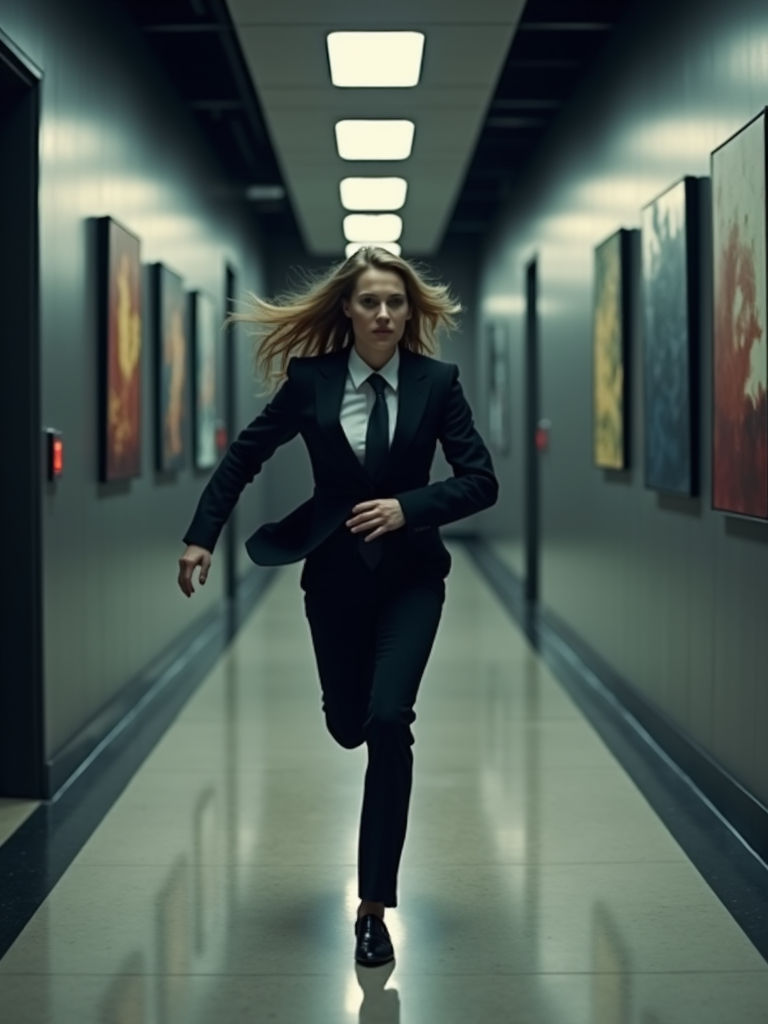
Understanding Aspect Ratios: A Guide to Visual Composition
In the world of visual media, aspect ratio plays a crucial role in how we perceive and interact with images and videos. Whether you're a photographer, filmmaker, or social media enthusiast, understanding aspect ratios can significantly enhance your visual storytelling. Let's dive into some of the most common aspect ratios and explore their applications.
What is Aspect Ratio?
Aspect ratio refers to the proportional relationship between an image's width and height. It's typically expressed as two numbers separated by a colon (e.g., 16:9) or a slash (e.g., 16/9).
Common Aspect Ratios and Their Uses
1:1 (Square)
The 1:1 ratio, also known as square format, has gained immense popularity in recent years, largely due to social media platforms like Instagram.
Use cases:
- Social media posts, especially on Instagram
- Album covers
- Profile pictures
- Product photography for e-commerce

4:3 and 3:4
The 4:3 ratio (horizontal) and its vertical counterpart 3:4 have been standard formats for many years.
4:3 Use cases:
- Traditional television screens
- Computer monitors
- Digital cameras
- Presentations and slideshows

3:4 Use cases:
- Portrait photography
- Book covers
- Magazine layouts
- Mobile device screens in portrait mode

16:9 and 9:16
The 16:9 ratio has become the standard for modern widescreen content, while 9:16 is its vertical equivalent, popular for mobile-first content.
16:9 Use cases:
- High-definition television
- YouTube videos
- Cinema screens
- Computer monitors

9:16 Use cases:
- Mobile video content (e.g., TikTok, Instagram Stories)
- Vertical digital signage
- Mobile app interfaces

Choosing the Right Aspect Ratio
Selecting the appropriate aspect ratio depends on several factors:
-
Platform: Consider where your content will be displayed. Different social media platforms have different preferred ratios.
-
Device: Think about the devices your audience will use to view your content. Mobile users might prefer vertical formats, while desktop users may prefer horizontal.
-
Content Type: The nature of your content can influence the ratio. Landscapes often work well in wide formats, while portraits are suited to vertical ratios.
-
Artistic Vision: Sometimes, breaking the norm with an unexpected aspect ratio can create a striking visual impact.
Conclusion
Understanding and effectively using aspect ratios can significantly enhance your visual content. Whether you're creating for social media, film, photography, or design, choosing the right aspect ratio ensures your content is displayed as intended and maximizes its impact on your audience.
Remember, while these ratios are standards, creativity knows no bounds. Don't be afraid to experiment with different aspect ratios to find what works best for your unique vision and audience.
